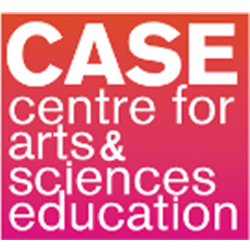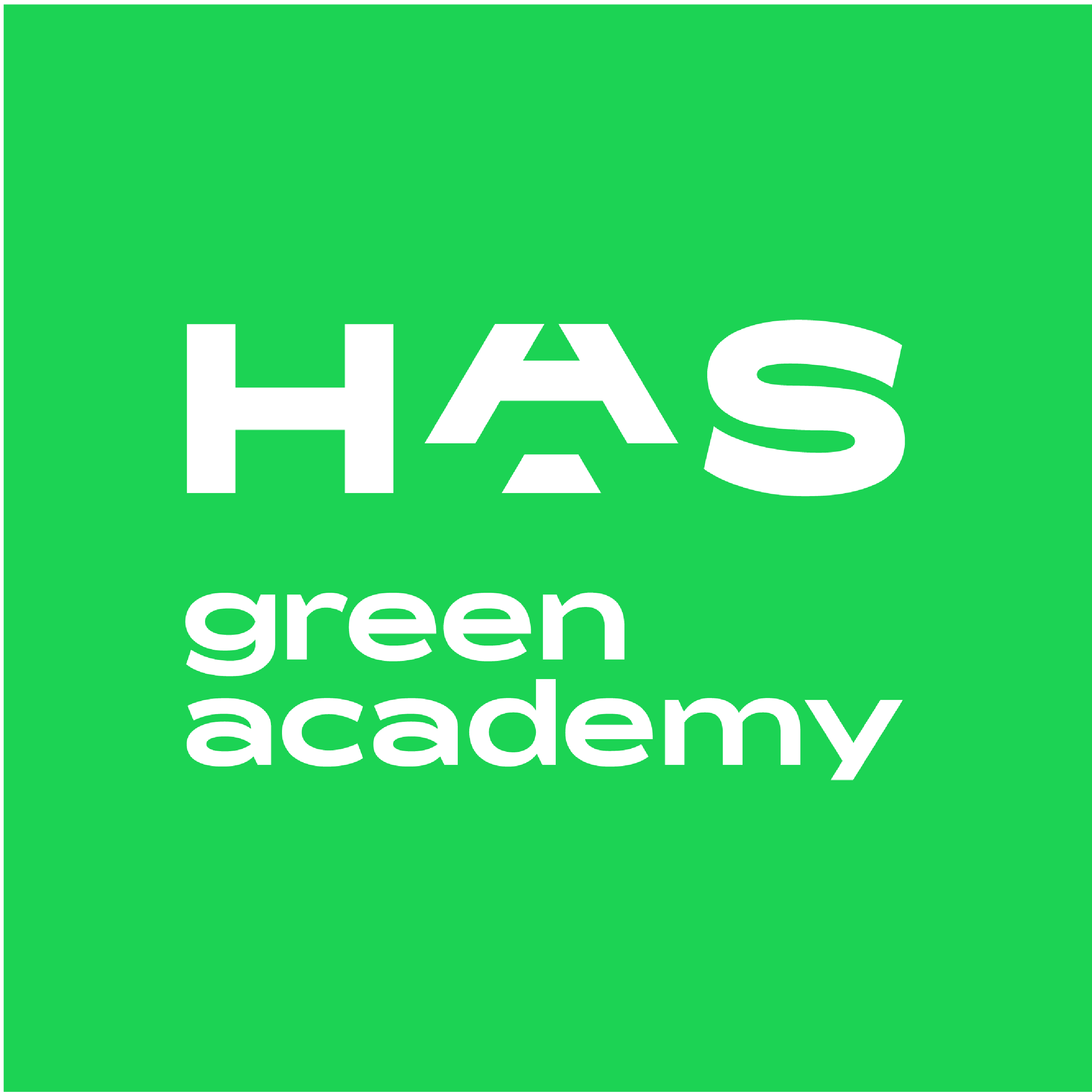Abstract Aim Evaluate the impact of LS@H project participation on stakeholders. Background As populations age and workforces decline, care technology in nursing is becoming increasingly commonplace. Collaboration between nurse academia, education and practice can result in practice-based research and meaningful learning for nursing students and staff. However, little is known about the factors influencing effective collaboration. Based on the knowledge that narratives can be an effective vehicle for healthcare practice change, a Dutch school of nursing and its practice partners collaborated on the Living Longer and Safe at Home! (LS@H) project. This project aimed to explore a more person-centred approach to the use of technology in nursing care. Having gathered data from multiple sources to construct case narratives on the use of technology in older persons care, students nurses were able to contribute to practice development as their narratives were fed back to local and regional teams. Design To evaluate the impact of the LS@H project, we employed the same methodology used in the project: mixed data gathering methods to construct a case narrative. LS@H project students, supervisors, mentors and higher management shared their experiences and the research team constructed the case narrative. Methods Qualitative data were gathered via individual, duo and group interviews and supplemented with a survey among students. Transcription and thematic analysis followed, with multiple rounds of critical peer review before the thematic framework was agreed, survey results integrated and the case narrative constructed. Results According to stakeholder participants, the LS@H project led to an unfreezing of the status quo in both education and practice. The approach was new and guidelines with community support was needed to allay fears. The project design enabled a sense of shared ownership, across individuals and organisations for improving practice. Perspectives on the use of technology and older persons nursing were transformed. Critically dialoguing case narratives encouraged purposeful action to improve practice and fostered reflective practice among students and teams. Conclusions Collaborative practice-based research can be a valuable learning experience for student nurses, positively influencing their view of nursing practice as well as enabling them to actively contribute to practice development. Adequate preparation, supervision and practice mentorship is vital, alongside practice (leader) commitment to ensure continued student assignments with subsequent critical dialogue of the multi-stakeholder case narratives produced.
LINK
At the beginning of May 2020 Inholland students received an invitation to participate in a large international study on the corona crisis impact on student life and studies. Almost 3000 students participated. This factsheet shows data on their lifestyleand their resilience. But also on their worries about corona, their knowledge of it and their opinion on the information supply.
DOCUMENT

Obtaining credits, studying for exams, attending classes, engaging with fellow students and lecturers, living alone or with others, and taking part in extra-curricular activities: there is a fair amount for students in higher education to take in. There are also numerous external factors — such as the COVID-19 pandemic and the changing labour and housing market — that affect students. However, students experience these situations differently and deal with them in different ways. How can we ensure that, notwithstanding these stress factors and differences, as many students as possible become and remain engaged and energised? Happier students tend to be more engaged and generally achieve better study results.1 That is why student well-being is also a widely researched and important topic. The search is on for measures to promote student well-being and success. Having a clear idea of how things are going for a student and what they need is a starting point. This booklet helps readers to identify different student profiles and understand what is needed to improve student success. We zoom in on two key aspects of student success: engagement and emotional exhaustion.
MULTIFILE

In dit project verricht het lectoraat Familiebedrijven van Hogeschool Windesheim samen met de Hogeschool Utrecht, Hogeschool van Amsterdam, CUMELA, de Jong & Laan en MKB familiebedrijven praktijkgericht onderzoek naar financiering en besluitvorming bij MKB familiebedrijven. Nu banken vanwege de economische crisis terughoudender zijn geworden in kredietverlening en hun financieringseisen hebben verzwaard, zijn meer bedrijven aangewezen op eigen middelen en familiekapitaal. Vormen van zelf-financiering worden steeds belangrijker om groei en continuïteit van MKB familiebedrijven te waarborgen. Met name bij de overdracht van kapitaalintensieve MKB familiebedrijven worden complexe financieringsconstructies bedacht om de overname mogelijk te maken. Vaak wordt hierbij onvoldoende nagedacht over het onderscheid tussen de verschillende rollen die familieleden kunnen hebben als ze met hun vermogen in het bedrijf zitten (eigenaar of andere vermogensverschaffer, familielid, directielid, werknemer). Hierdoor kan onduidelijkheid ontstaan over onderwerpen zoals besluitvorming, rendement op vermogen, zeggenschap en beloningsstructuren, waardoor op termijn conflicten kunnen ontstaan. Daarnaast kan de besturing van ondernemingen door de verschillende belangen van vermogensverschaffers in negatieve zin worden beïnvloed en kan dit (op termijn) de continuïteit, wendbaarheid en groei van ondernemingen in gevaar brengen. Zowel in de praktijk als in het onderzoek ontbreekt het aan kennis over hoe met deze problematiek kan worden omgegaan. Dit project heeft daarom tot doel om samen met de projectpartners nieuwe kennis te ontwikkelen rond zelf-financiering en besluitvorming in MKB familiebedrijven. Door middel van ontwerpgericht praktijkonderzoek wordt bestaande en nieuwe kennis over de rol van zelf-financiering en de positie van eigenaren omgezet in oplossingsrichtingen ter verbetering van de besluitvorming in MKB familiebedrijven. Door het monitoren van de uitgevoerde interventies zal worden vastgesteld of de oplossingsrichtingen in de praktijk werken. De kennis die uit dit project voortkomt beoogt daarmee het handelingsvermogen van eigenaren en directieleden te vergroten en zelf-financiering als mogelijke financieringsbron effectiever te maken.
INLEIDING: De Hogeschool Utrecht heeft op basis van praktijkgericht onderzoek een innovatief modulair bouwconcept (#SELFIECIENT) ontwikkeld. Met diverse gestandaardiseerde modulaire bouwdelen van #SELFIECIENT kan eenvoudig een bouwgevel worden samengesteld, en daarmee een gehele woning. Met behulp van deze SIA RAAK TAKE OFF subsidie wordt dit concept nu door enkele ondernemende studenten omgezet naar een marktwaardig product. HET PROBLEEM: #SELFIECIENT tackelt drie belangrijke uitdagingen in de huidige bouwsector / gebouwde omgeving op een nieuwe en innovatieve wijze, te weten 1) de ontwikkeling van circulaire en klimaat neutrale woningen, 2) de ontwikkeling van betaalbare woningen en 3) de ontwikkeling van flexibele / adaptieve woningen. DE OPLOSSING: De oplossing voor bovengenoemde uitdagingen ligt in het industrieel vervaardigen van modulaire bouwdelen op basis van circulaire materialen, die de realisatie van een comfortabele, betaalbare, klimaat neutrale en adaptieve woning garanderen = #SELFIECIENT. DE INNOVATIE: De modulaire bouwdelen van #SELFIECIENT hebben de volgende innovatieve eigenschappen. 1) Revolutionair is het ontwikkelen van geïntegreerde multifunctionele bouwdelen die in diverse marktsegmenten toegepast kunnen worden; 2) Schaalbaarheid door middel van (open source) standaardisatie en de mogelijkheid van hergebruik. 3) Industrialisatie van het productieproces van de modulaire bouwgevels waardoor goedkoop en milieuvriendelijke kan worden geproduceerd; 4) Vanuit externe industrieën zoals o.a. de ICT en duurzame energie sector ontstaan nieuwe producten die kunnen worden geïntegreerd in woning en die leiden tot nieuwe businesscases en exploitatie modellen. Voorbeelden zijn gedistribueerde IT-servers en lokale accu opslag systemen. MARKTANALYSE / VERDIENMODEL: De modulaire bouw elementen kennen een brede toepasbaarheid, waardoor er een groot marktpotentieel is. Voorbeelden zijn woningrenovatie, nieuwbouw, de toenemende vraag naar levensloopbestendige woningen, woningen voor vluchtelingen, en renovatie van kantoorpanden. Slechts een miniem marktaandeel in de renovatie of nieuwbouw betekent al een omzet van meer dan miljoenen euro’s. Er zijn zover bekend geen andere aanbieders van gelijksoortige producten op de markt. Het te verwachten verdienmodel is gebaseerd op de verkoop van de modulaire bouwdelen of een leen/lease exploitatie van de modulaire bouwdelen. DOEL VAN HET PROJECT / BUDGET (39900€): Het doel van het project is drieledig: 1) het uitwerken van het ontwerp van de modulaire bouwdelen op basis van eerdere ontwerpen en ideeën uit praktijkgericht onderzoek (14960€); 2) het maken van een proof-of-principle van het modulaire bouwdeel (13320€); 3) het uitvoeren van een haalbaarheidsstudie (8560€); en 4) het versterken van de entrepreneurial skills (3060€.). PROJECT TEAM: Een sterk team is gevormd om dit modulaire bouwconcept door te zetten naar een bijzonder bedrijf. Het team bestaat uit 3 ondernemende studenten, onderzoekers en lectoren verbonden aan het lectoraat Nieuwe Energie in de Stad, docenten van de opleiding werktuigbouwkunde en bouwkunde, en een ervaren entrepreneur. De studenten zijn al vroeg tijden hun opleiding gespot als bijzonder initiatiefrijk, gedreven en ondernemende studenten. Het studententeam bestaat uit een goede mix van werktuigbouwkunde, bouwkunde en technische bedrijfskunde.
Developing and testing several AR and VR concepts for SAMSUNG (Benelux) Samsung and Breda University of Applied Sciences decided to work together on developing and testing several new digital media concepts with a focus on VR and gaming. This collaboration has led to several innovative projects and concepts, among others: the organisation of the first Samsung VR jam in which game and media students developed new concepts for SAMSUNG GEAR in 24 hours, the pre-development of a VR therapy concept (Fear of Love) created by CaptainVR, the Samsung Industry Case in which students developed new concepts for SAMSUNG GEAR (wearables), the IGAD VR game pitch where over 15 VR game concepts were created for SAMSUNG VR GEAR and numerous projects in which VR concepts are developed and created using new SAMSUNG technologies. Currently we are co-developing new digital HRM solutions.
Centre of Expertise, part of Hogeschool iPabo, Amsterdamse Hogeschool voor de Kunsten, Avans Hogeschool, +3

Lectorate, part of HAS green academy

Lectorate, part of NHL Stenden Hogeschool
Lectorate, part of NHL Stenden Hogeschool